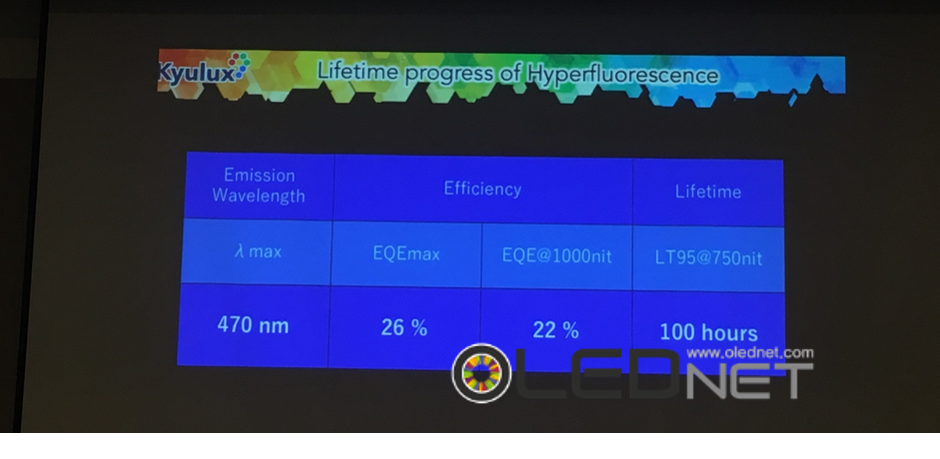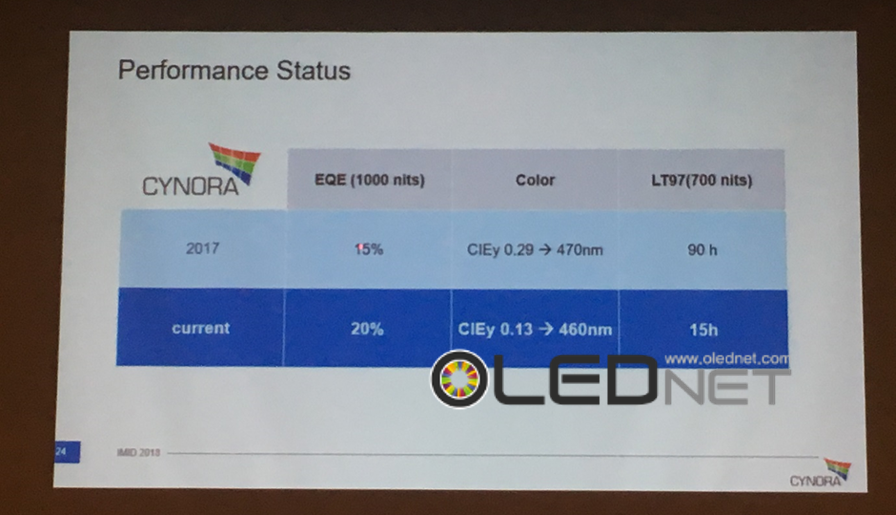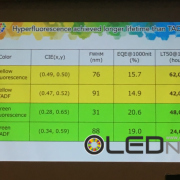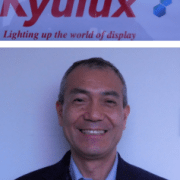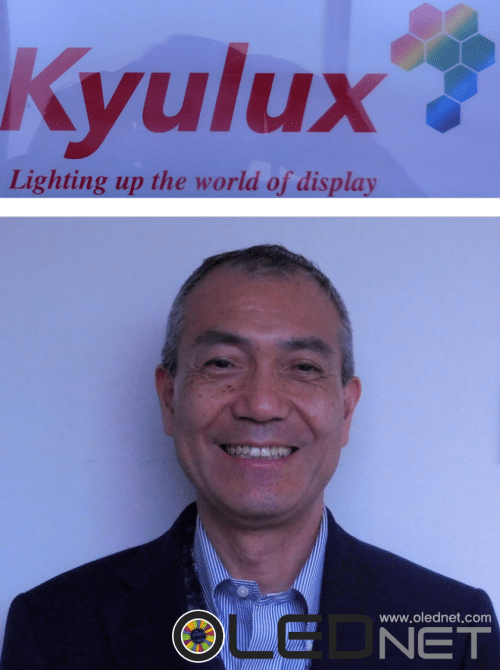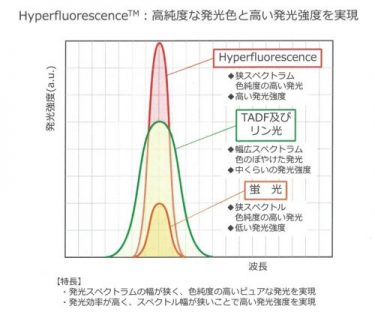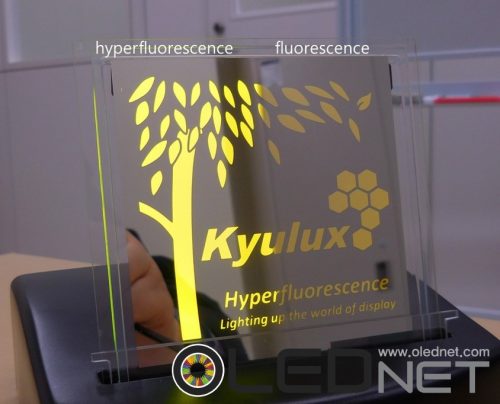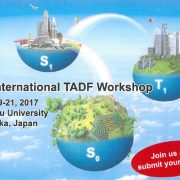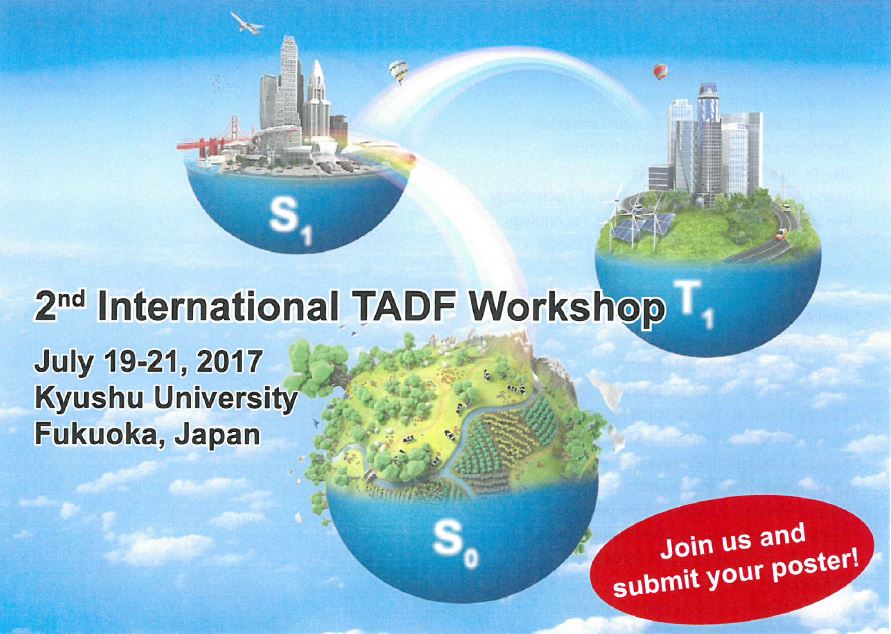
<Source : 2nd International TADF Workshop>
The International Workshop on the third generation of light emitting material technology, TADF (Thermally Activated Delayed Fluorescence) technology, which links first-generation fluorescent material technology and second-generation phosphorescent material technology, will be held at Kyushu University from July 19 to 21, 2017
In order to push the LCD, which is now the flagship product of the display market replacing the cathode-ray tube completely in the market, it is necessary to have a high-efficiency, low-cost OLED that can be used in mid/low-priced products. A solution to solve both high efficiency and low cost depends on the commercialization of retarded fluorescent materials.
Currently, the light emitting materials are classified into red, green, and blue host materials and dopant materials of respective colors. Among these materials, red and green use phosphorescent materials that internal efficiency is theoretically 100%, but blue materials still use fluorescent materials that internal efficiency is only 25%. Due to the limit of blue material efficiency, large OLED panels for TV have a structure in which blue layers are laminated twice, so material cost is very high.
TADF is the material that is being developed to overcome the limitations of current OLED emissive materials.
In the International TADF Workshop, headed by Professor Adachi of Kyushu University, who brought TADF technology to the world for the first time, worldwide experts of third-generation OLED lighting material development gather. Professor Adachi implied that the interest in TADF is getting hotter around the world looking from that 3 years later he published a TADF thesis for the first time in 2012 at Kyushu university approximately 120 papers published worldwide in 2015 and there are more than 200 papers published in 2016.
Professor Adachi said that the meaning of the TADF Workshop this time is to discuss with experts about the current TADF reach and future development.

